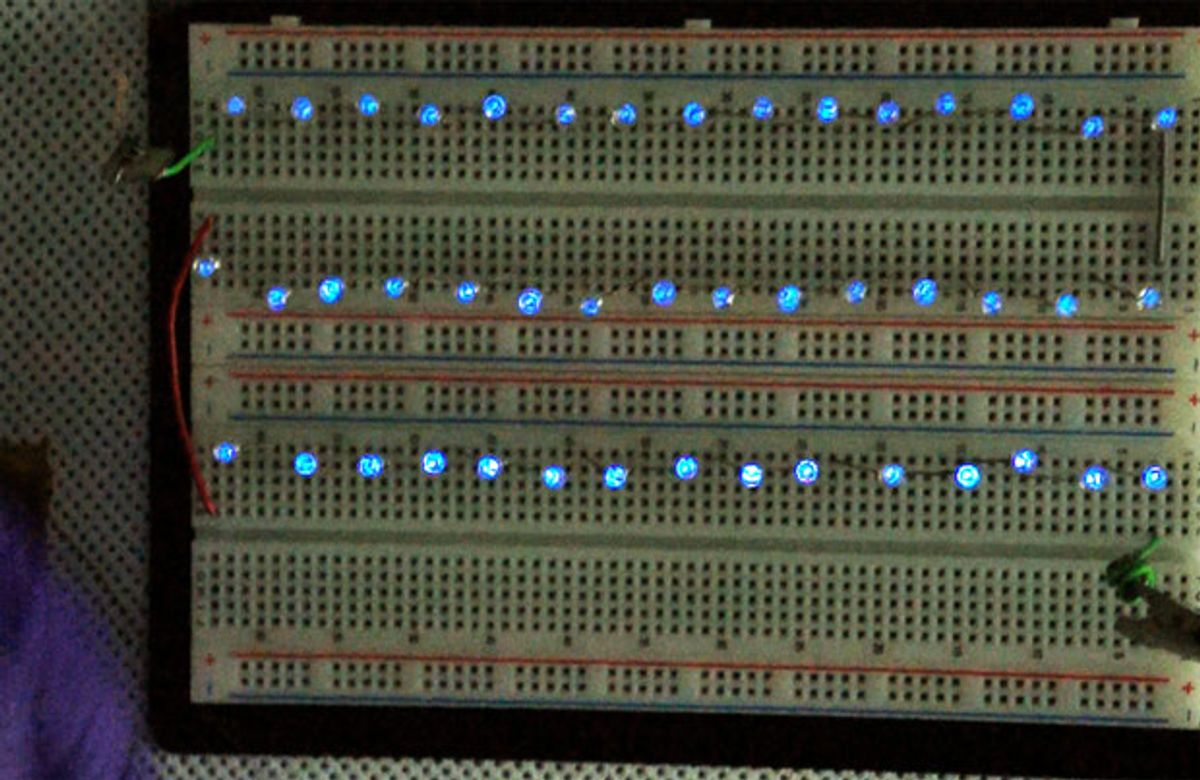Winter approaches in the Northern Hemisphere, the air is drier, and triboelectrics, electricity caused by friction, is a phenomenon you’ll probably encounter daily.
Engineers at KAIST are working on a better use for that harvested energy than zapping your friends and neighbors. They’ve come up with a nanotechnology-enhanced system to power small electronics.
Triboelectric generators (TENGs) consist essentially of two different materials that are rubbed together. Materials that like to give off electrons, such as glass or nylon, will donate them to materials that like to absorb them—materials with the highest electronegativity, such as silicon or teflon. However, rubbing these materials together causes wear. So Zhong Lin Wang, a physicist at Georgia Tech and colleagues developed materials that generate electricity by pressing them together. The contact surfaces of the materials are corrugated, and by pressing the materials together, the corrugated structures enmesh, causing the friction that leads to electricity generation.
"By applying pressure, those two materials are contacting, and they generate charge by contact electrification. This contact mode of triboelectric nanogenerator has less mechanical degradation with excellent efficiency," says Keon Jae Lee, from the department of materials science and engineering, at KAIST in Korea. Georgia Tech announced the invention of the first such device, called a triboelectric nanogenerator (TENG), in 2012. Lee says that the efficiency of TENGs has been increasing exponentially.
Lee, Yeon Sik Jung and other researchers from KAIST and now report that by reducing the size of the surface nanostructures, they can improve the efficiency of the TENGs even further. In a TENG consisting of a Teflon layer and a silicate layer, they produced nanodots, nanogrates, and nanomeshes on the silica layer using block copolymer self-assembly technology. (Block copolymers are chain-like molecules with a repeating pattern. On a surface, they can fold-up together in such a way that a nanometer-scale pattern emerges.)
The resulting TENGs can produce up to 130 volts. They report a TENG simply pressed with a finger powering 45 blue 3-V LEDs connected in series.
"This is the first report that demonstrates the self-assembly phenomenon of block copolymer in triboelectric nanogenerators for the modulation of nanostructure,“ says Lee. “They are very beneficial because they allow the increase of the contact area and the frictional electrification."
This post was corrected on 21 November 2014.



